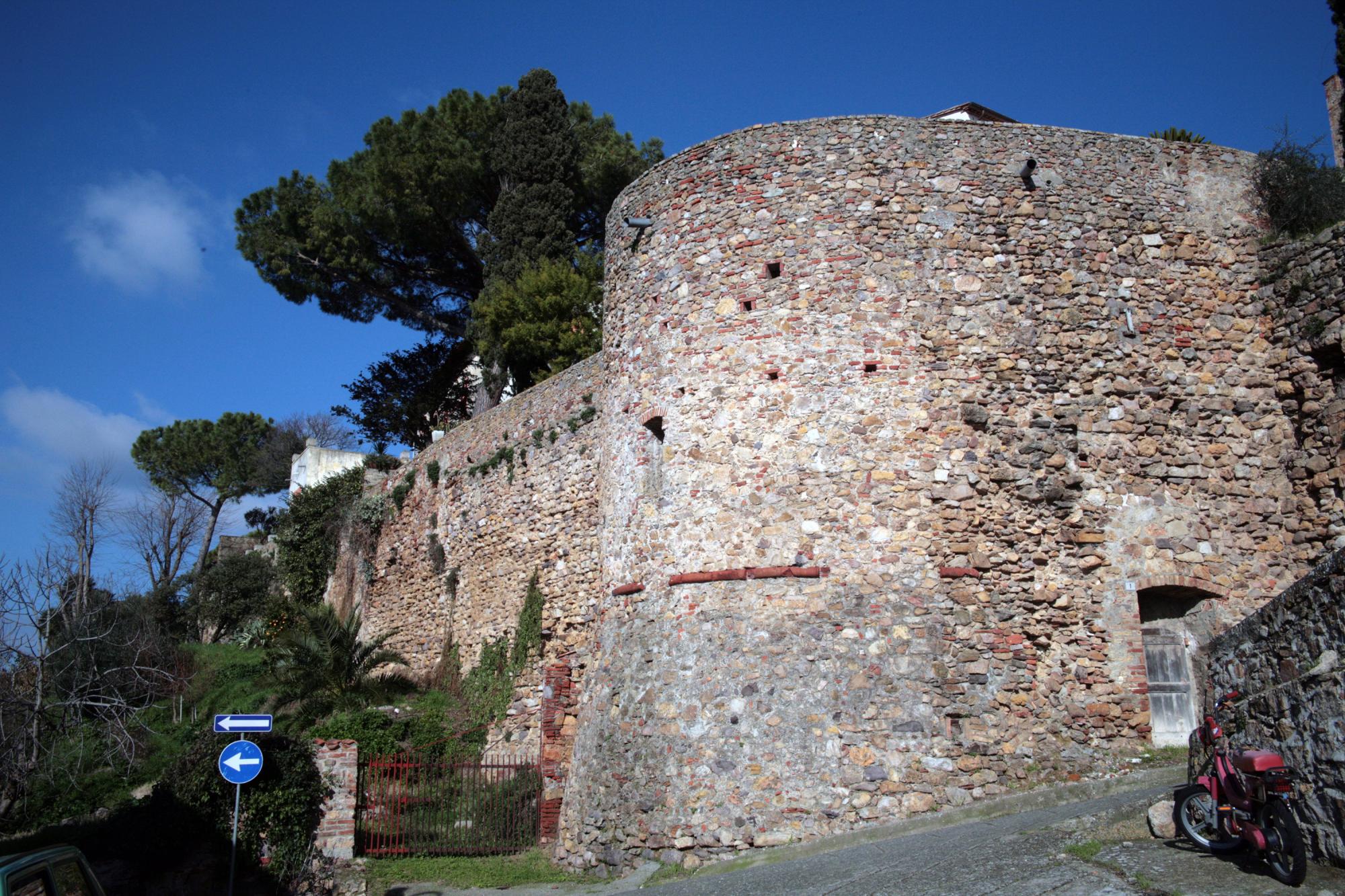
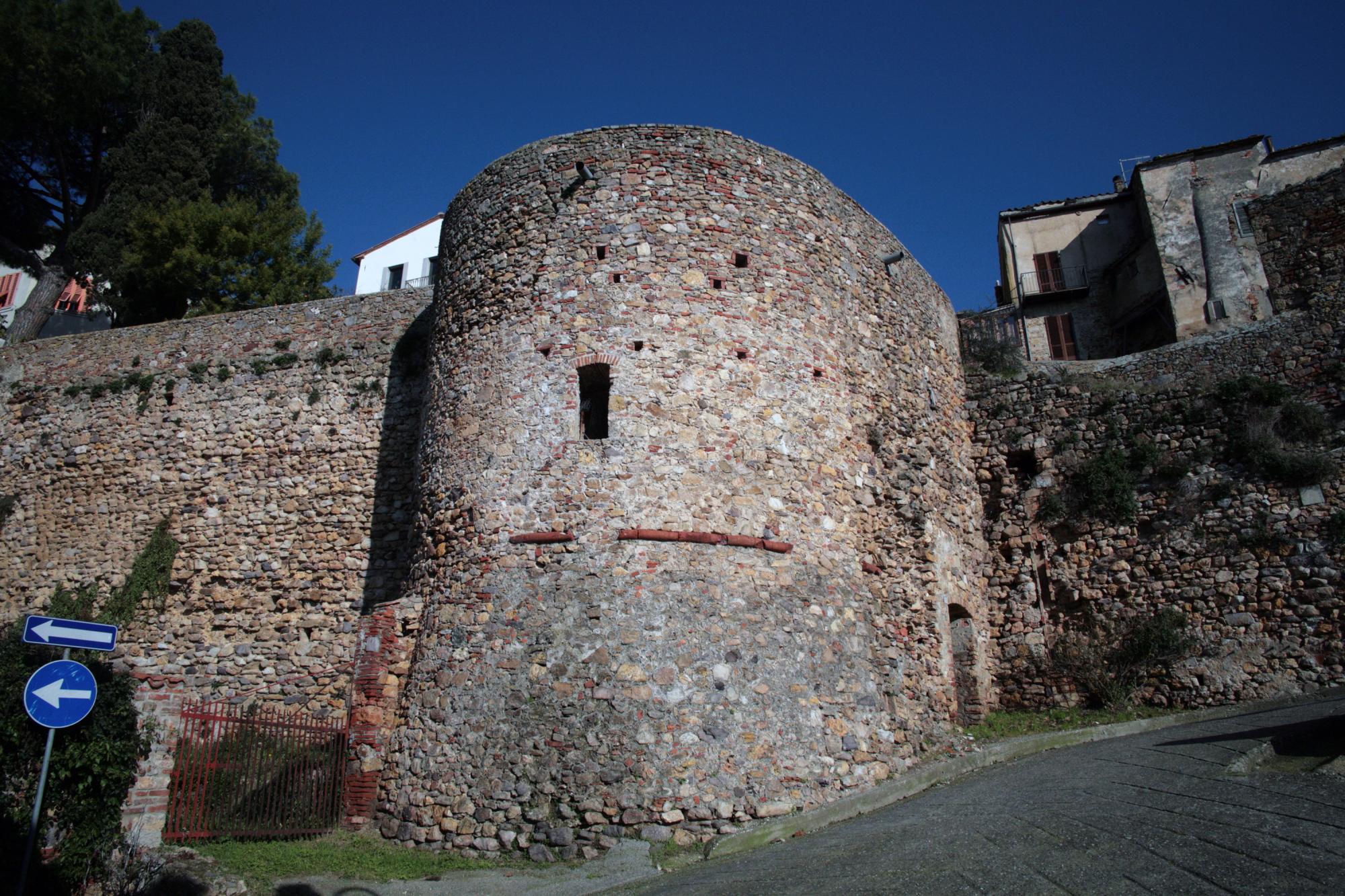
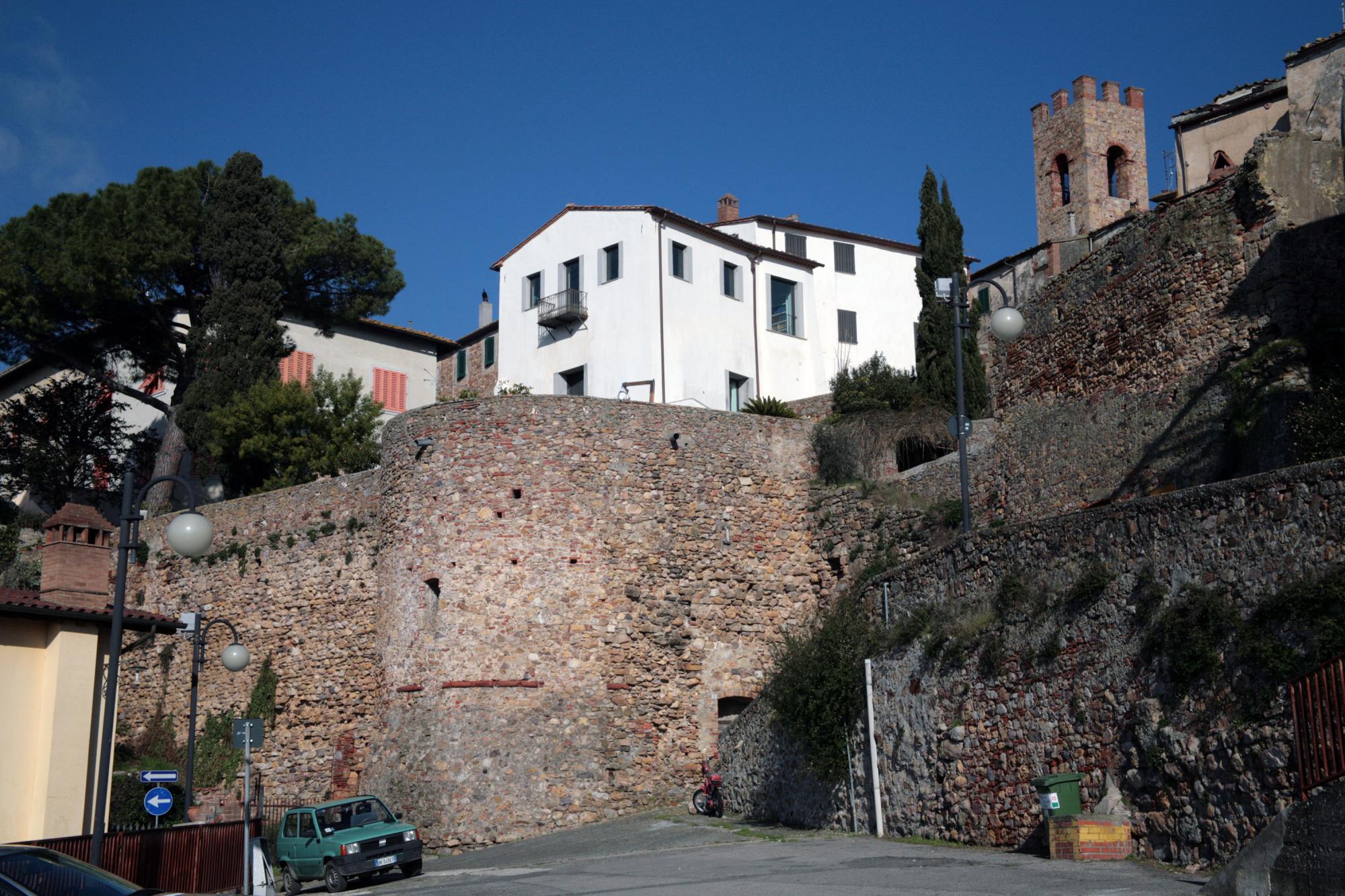

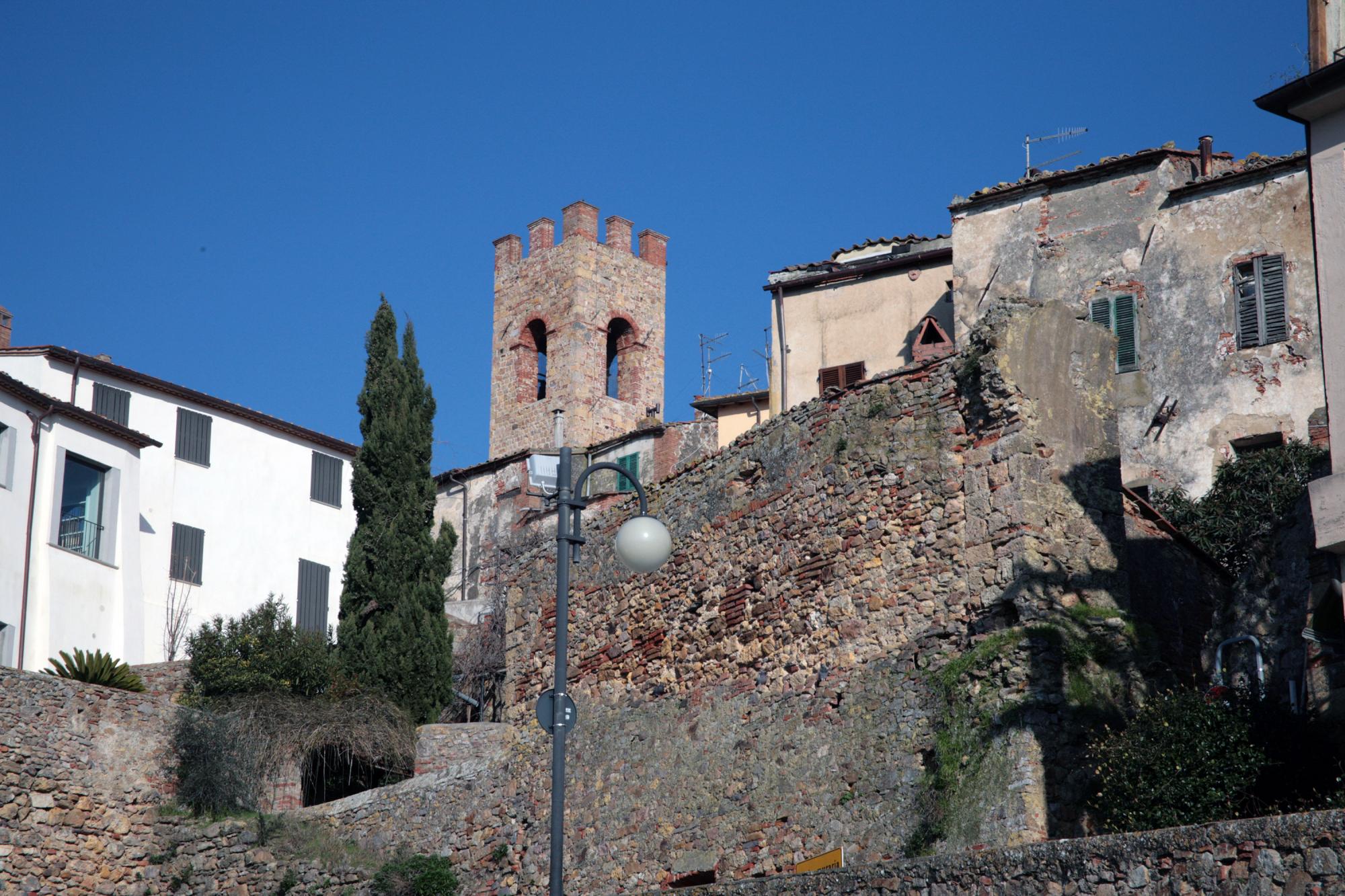
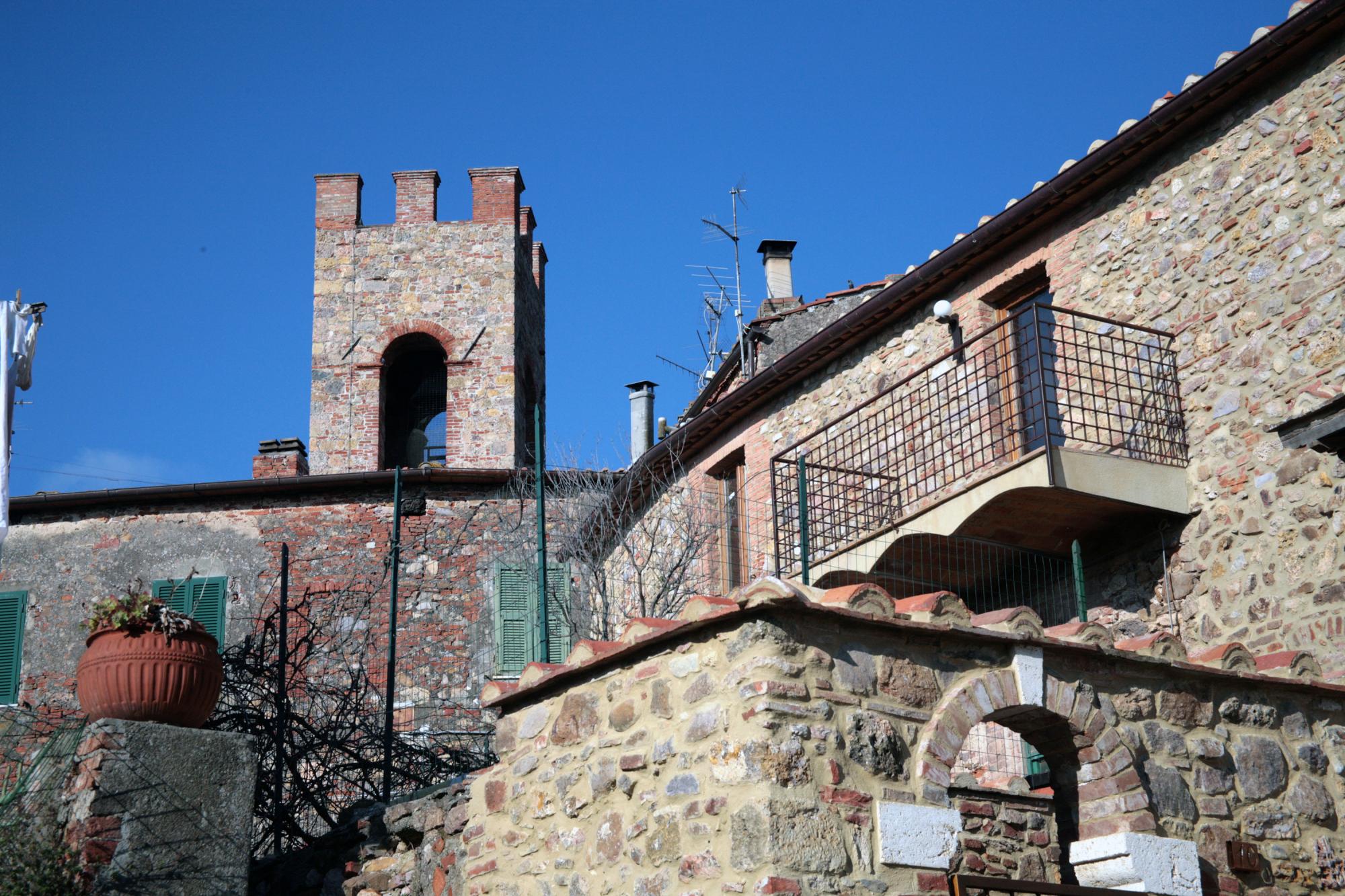
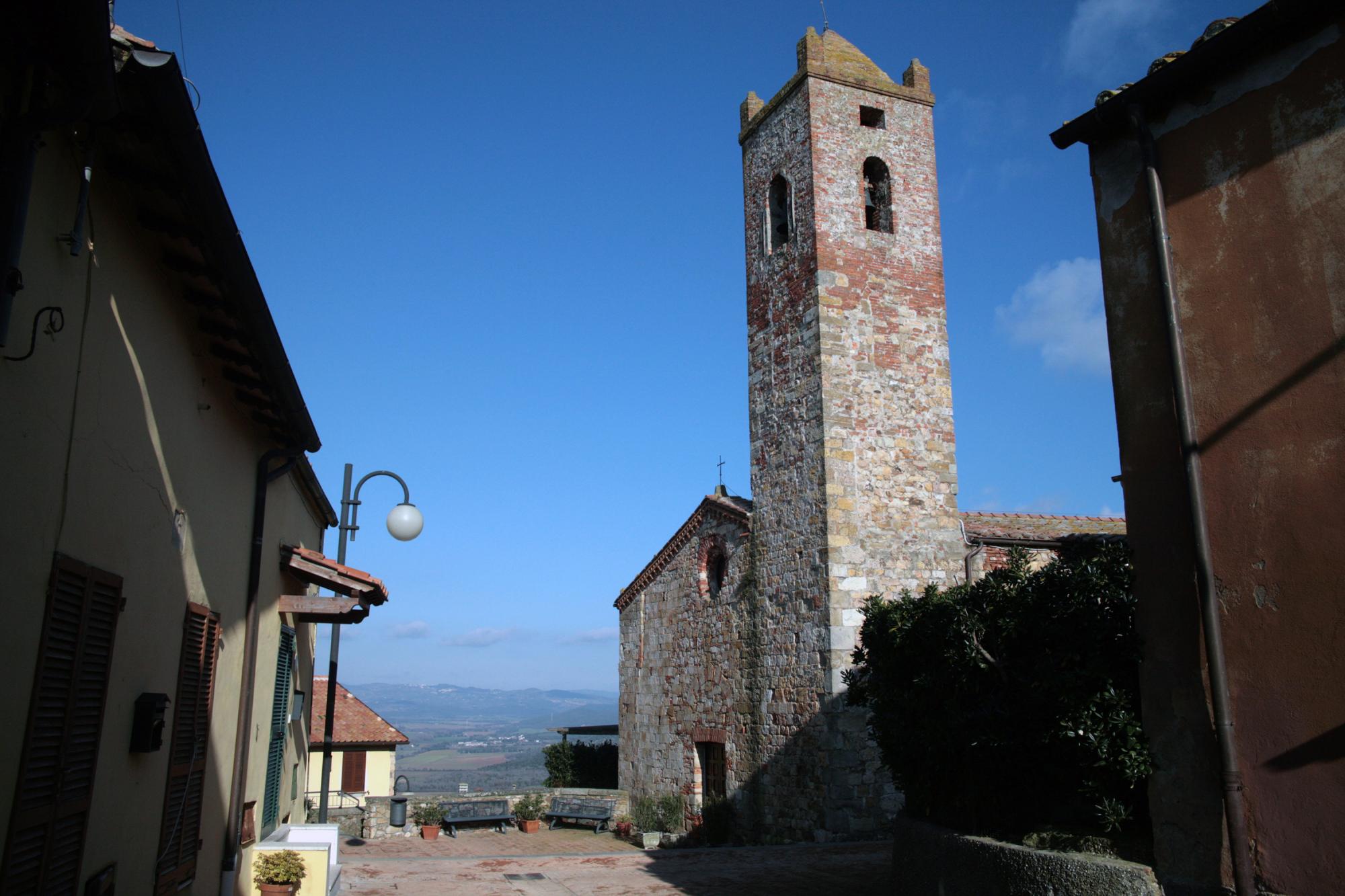
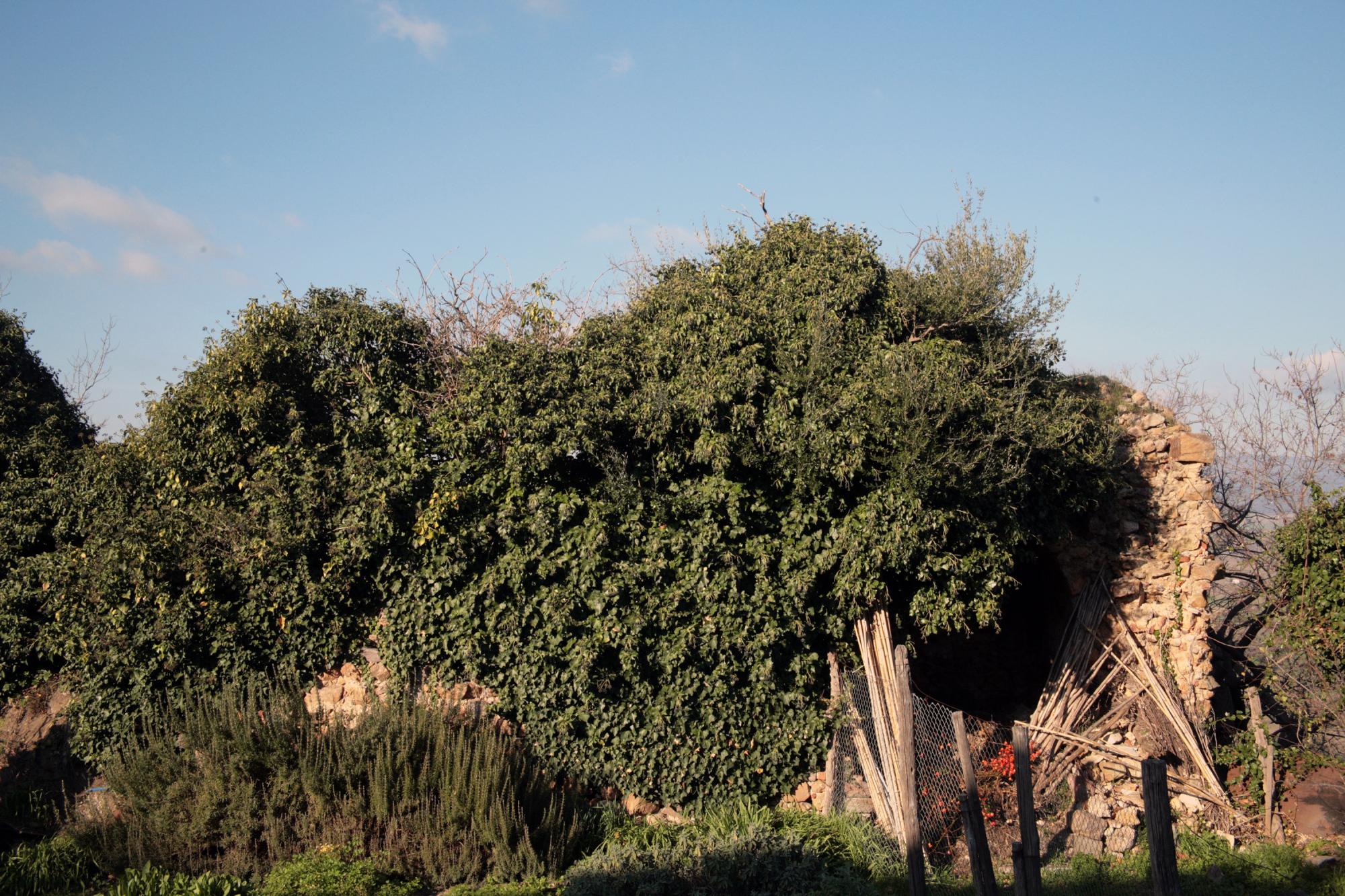
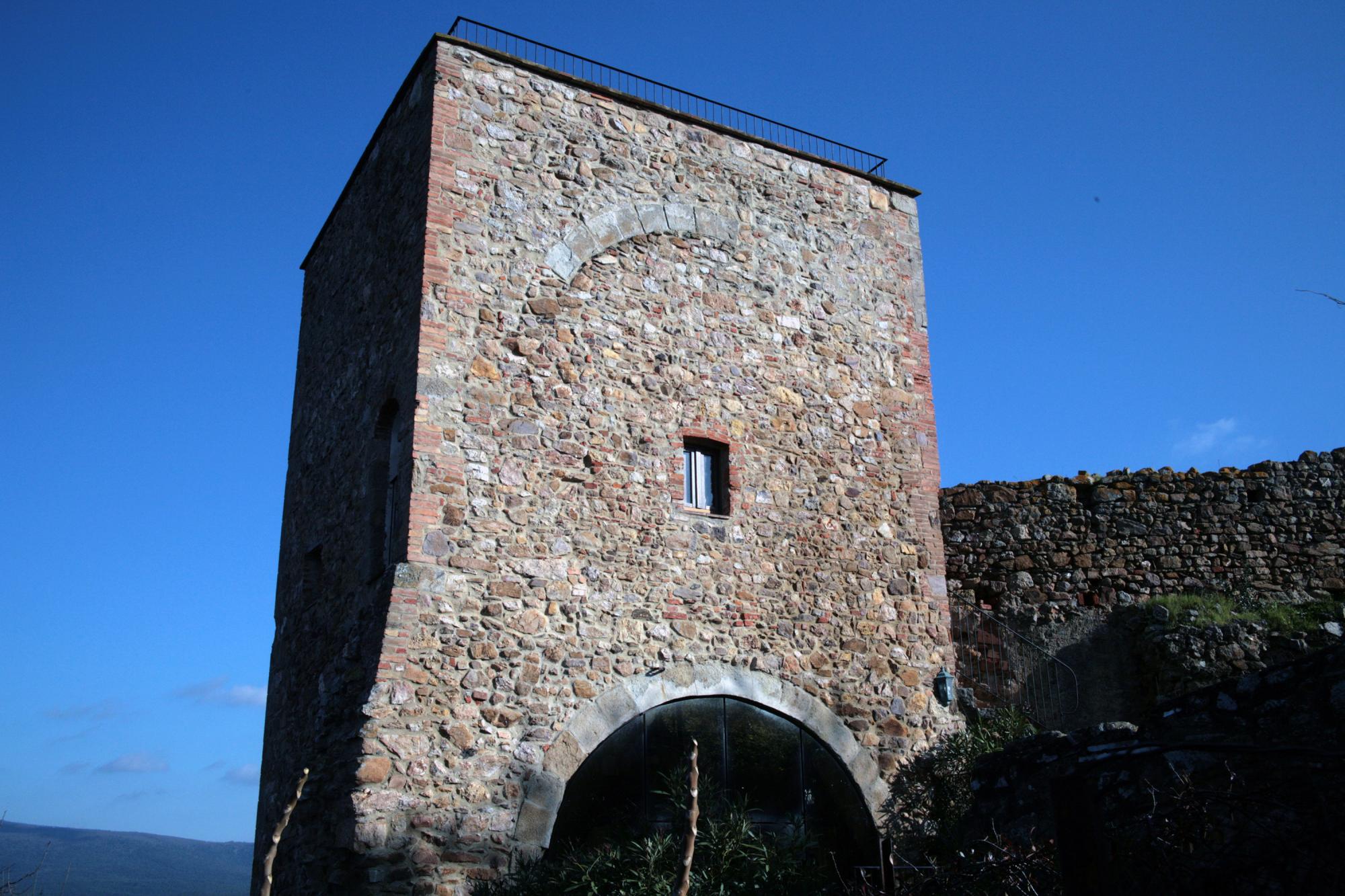
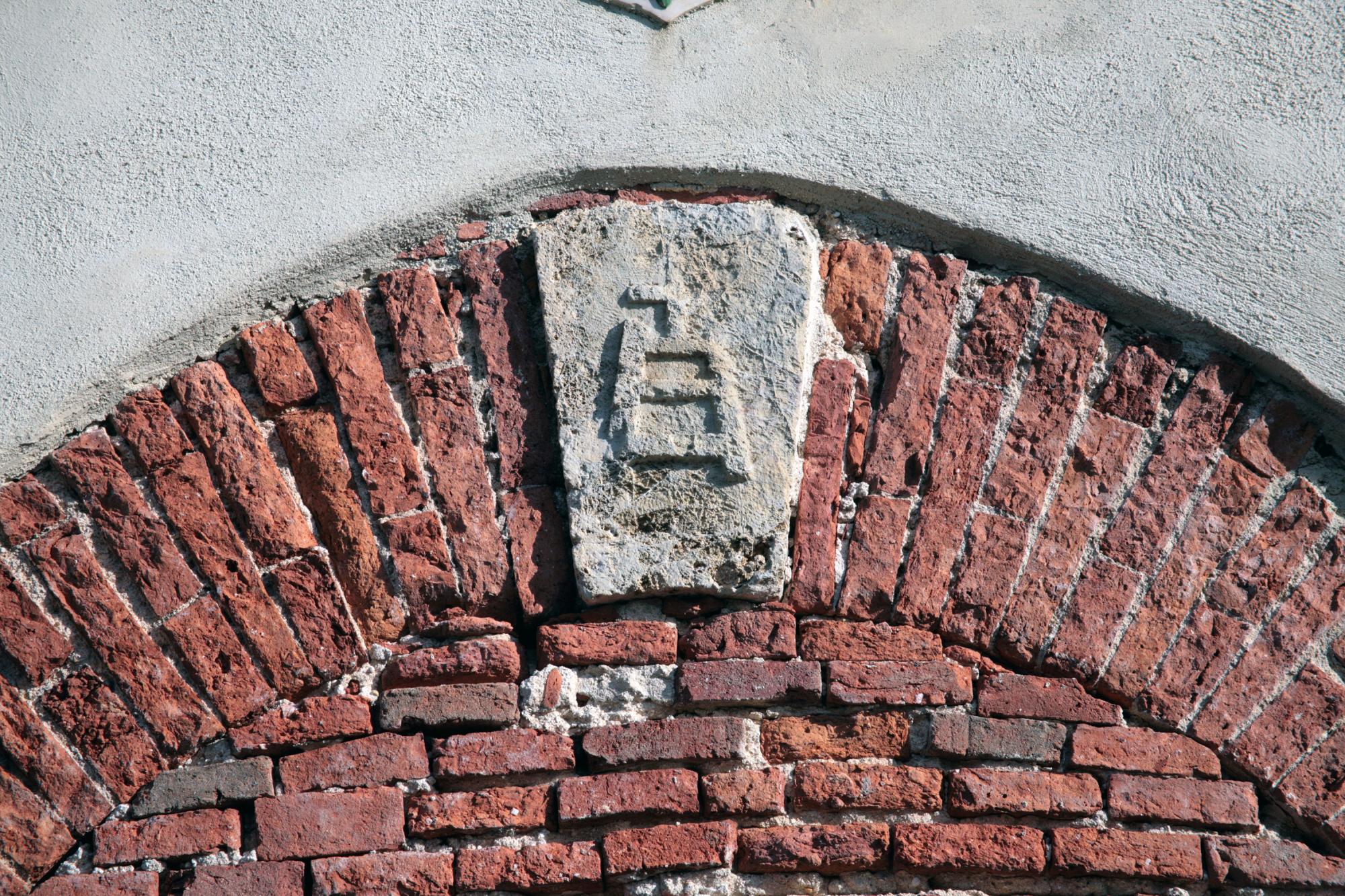
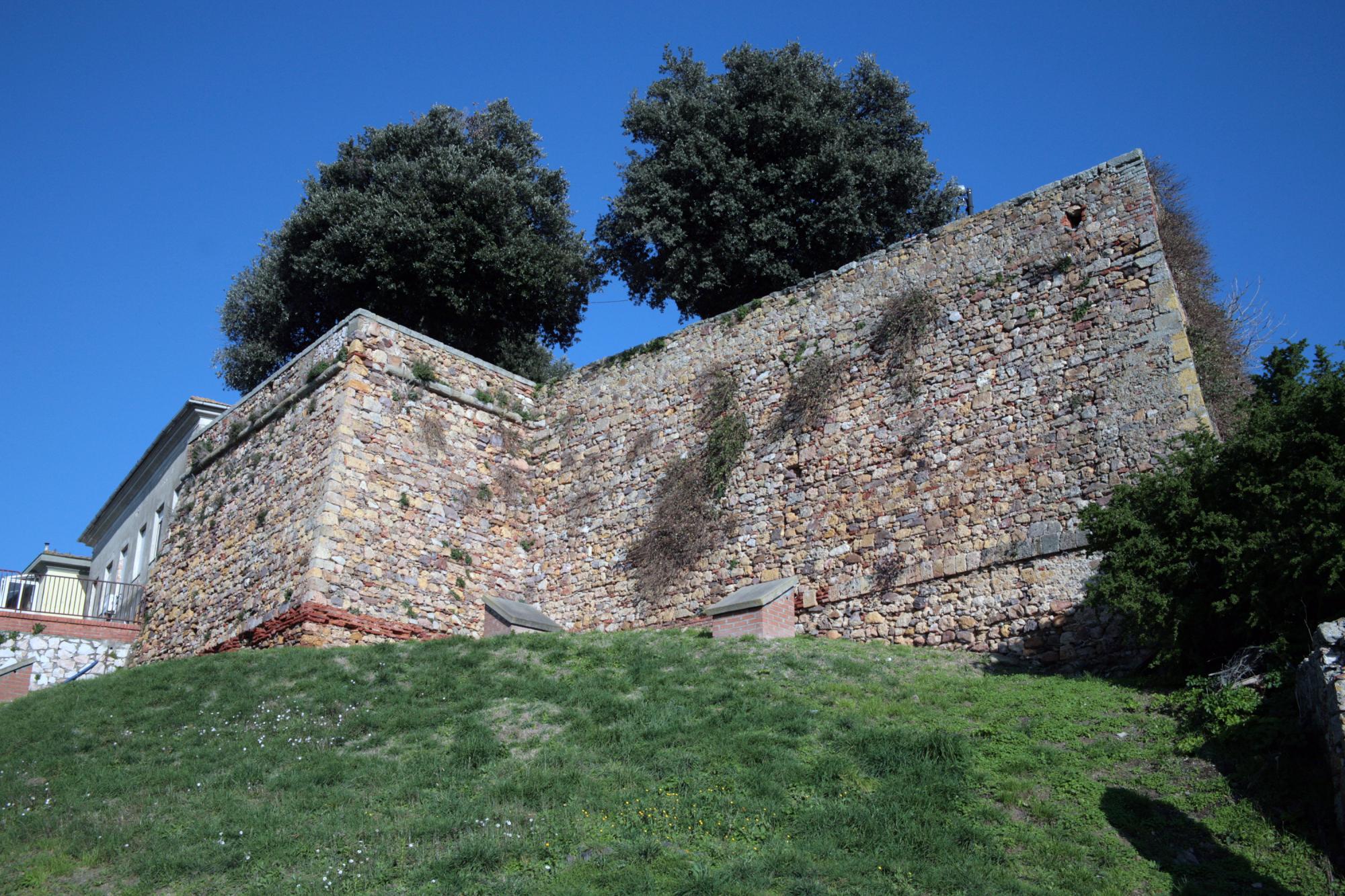
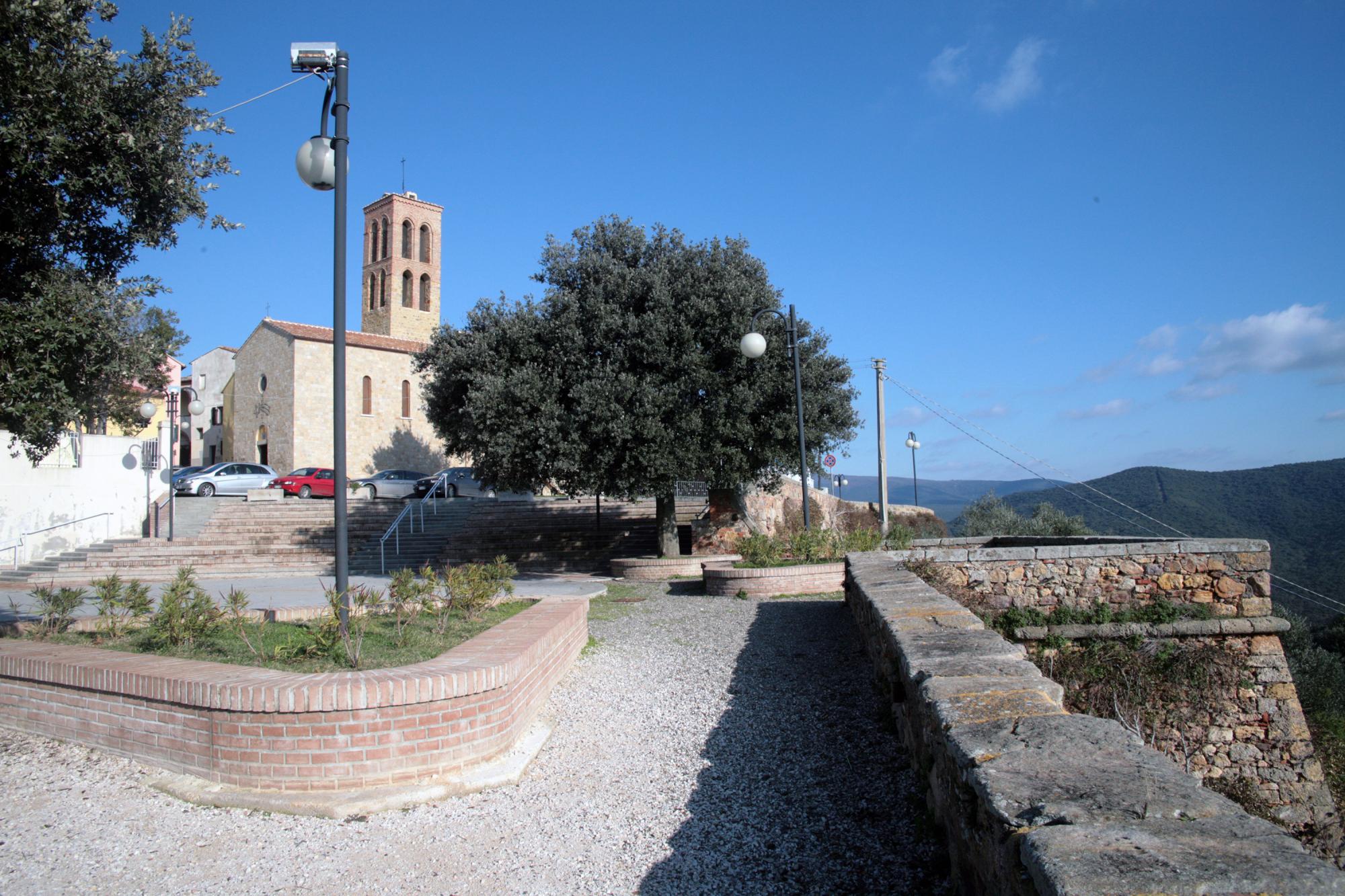












How to reach
The medieval village of Montepescali, now part of the municipality of Grosseto, is located off the “Montepescali-Braccagni” exit on Via Aurelia. The small, hilltop town is 222 meters above sea level. From its scenic panorama, you can admire the entire Tuscan coastline and archipelago, as far as Corsica. For this reason, it’s called the “Balcony of Maremma".
History
Montepescali’s origins date back to the 9th century, when it was part of the territory dominated by the Aldobrandeschi family. The village remained under their nobility until the 13th century, although it had already been depending on Siena since 1100. It was actually during the war between Siena and the Aldobrandeschi that the Sienese army occupied Montepescali. But the local community maintained a good amount of autonomy, even issuing its own city statue in 1427. By the mid-1300s, Santa Maria della Scalla di Siena Hospital had acquired property and built a grange (Grancia) on the territory. As of 1492, the Republic of Siena commissioned the restoration of Cassero Tower and its walls. Reinforced with the addition of towers and battlements by architect Anton Maria Lari, the entire village became an important stronghold in the defence of northern access to Sienese Maremma, and thusly the sea, during the war with Florence halfway through the next century. In 1627, Montepescali fell under the power of the Grand Duke of Tuscany.
The village has maintained its medieval quality to this day, with narrow streets covered in pointed archways, as well as stairways and piazzas in stone, among which is "Palazzo dei Priori", seat of the ancient municipality. Besides conserving a good part of the elliptical city walls, semicircular Torre del Belvedere, and quadrangled Torre del Guascone, the palace also contains the remains of Cassero Senese (originally Santa Cecilia Convent and Church, first transformed into a fortress by the Aldobrandeschi and then into a keep by the Sienese, and subsequently used as Palazzo di Giustizia, which partially collapsed in 1836).
Towering above is the Tower dell’Orologio (or Sienese Tower, restored in 1492). Two doors open in the encircling walls: along the eastern side, Porta Vecchia, of medieval origin, collapsed in the 19th century, a little south of the Torre del Belvedere; and Porta Nuova, constructed between the 16th and 17th centuries, located at the northern extremity, close to the Torre del Guascone. The tri pointed bulwark, “baluardo a tre punte,” a fortification added in the 1500s on the southern most side, completes the city walls. Restoration works in the last century have transformed it into a scenic, panoramic terrace. Montepescali is adorned with two churches: San Niccolò, with a spired bell tower; and San Lorenzo, with a beautiful squared one.